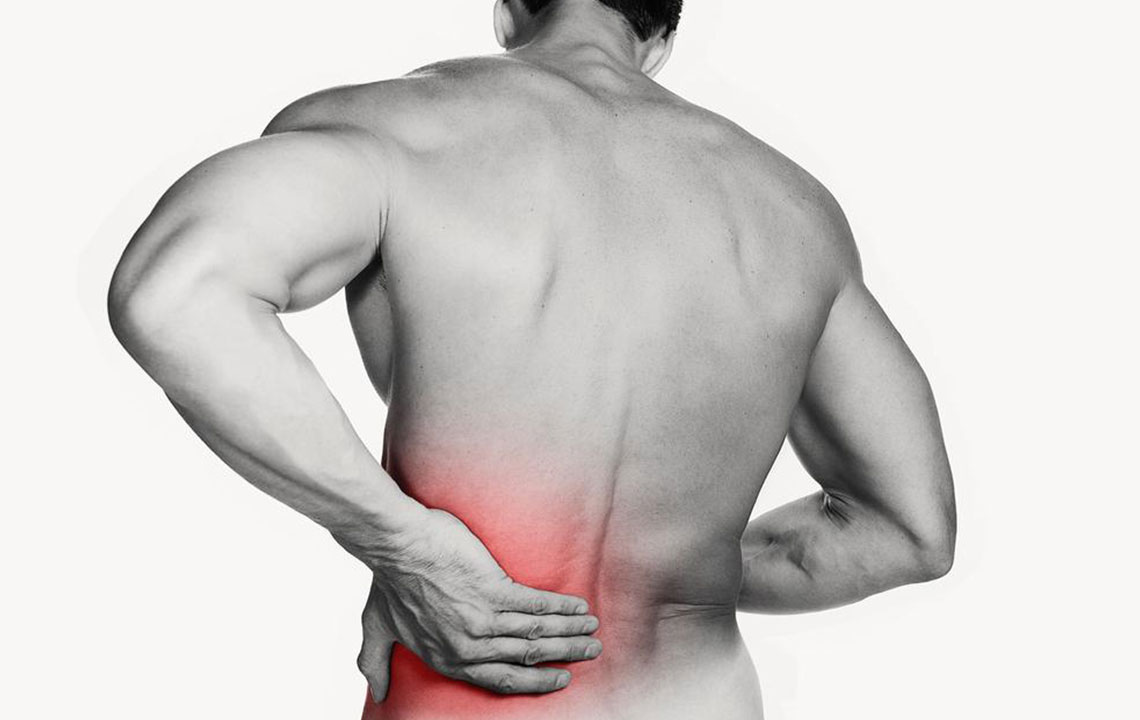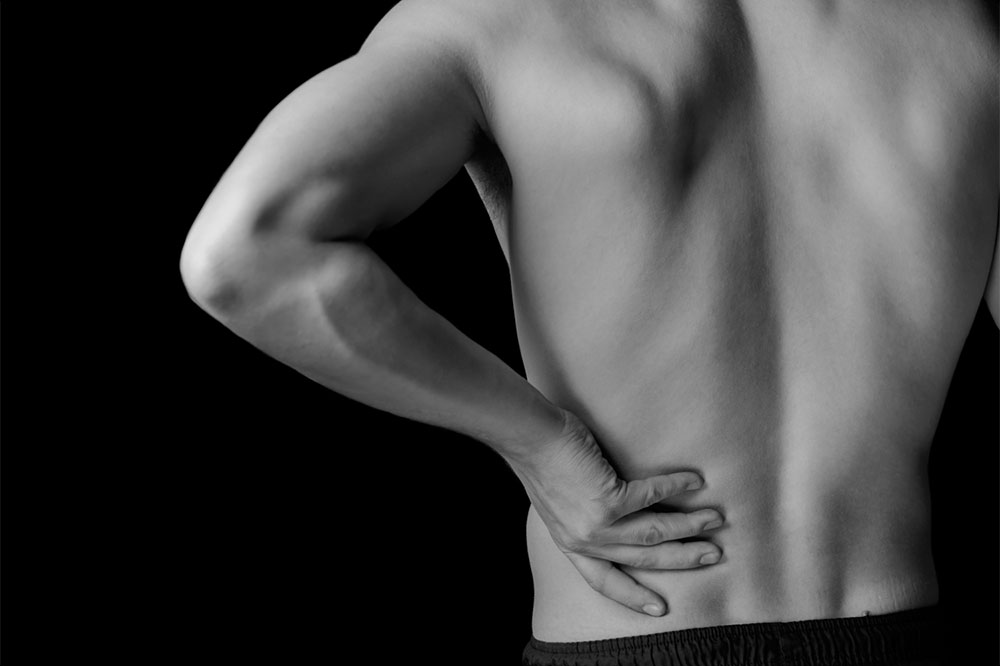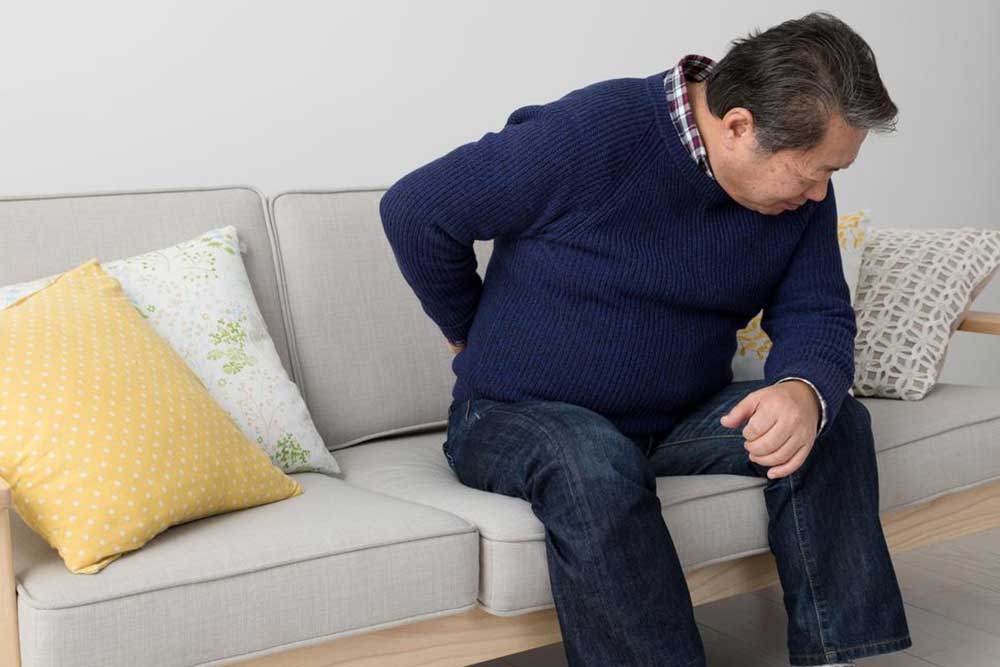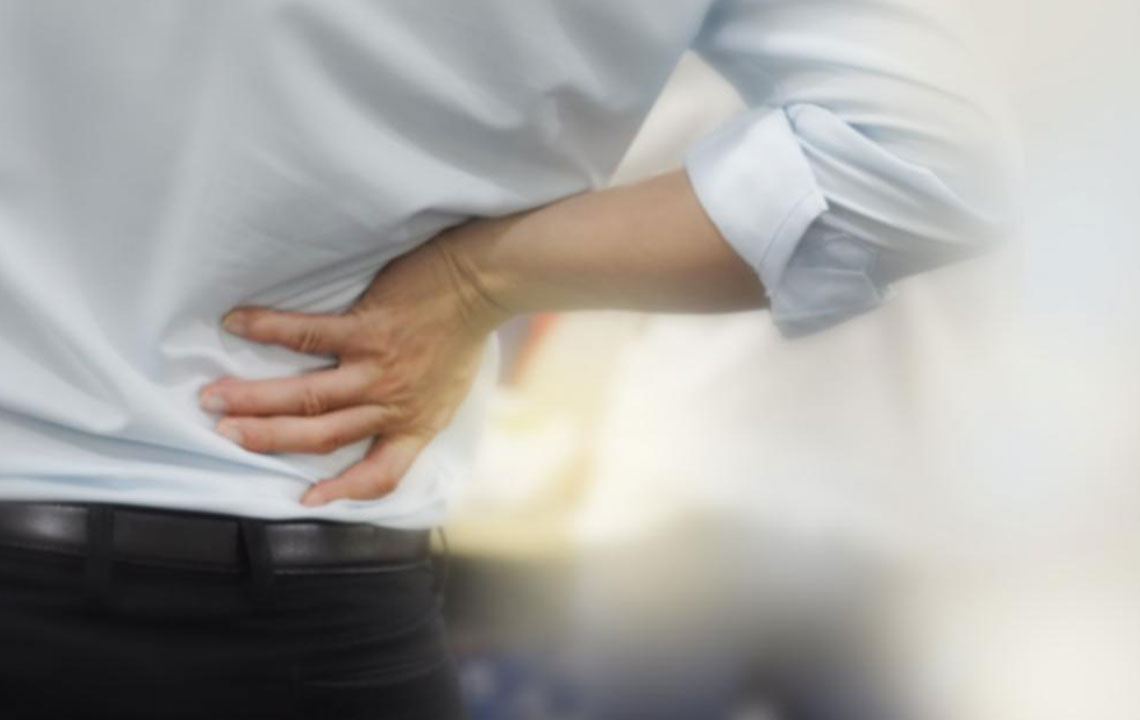Comprehensive Guide to Lower Back Pain: Causes, Symptoms, and Treatment Options
Discover comprehensive insights into lower back pain, especially on the right side. Understand various causes from muscular injuries to internal organ issues like kidney problems and digestive conditions. Learn how to recognize symptoms and explore effective treatment options to manage and alleviate discomfort. This detailed guide emphasizes the importance of prompt medical evaluation for persistent or severe pain, ensuring health and well-being are maintained through timely intervention.

Comprehensive Guide to Lower Back Pain: Causes, Symptoms, and Treatment Options
Lower back discomfort is one of the most common complaints worldwide, affecting individuals across all age groups and lifestyles. Whether it stems from minor muscle strains or more serious underlying health issues, understanding the causes, symptoms, and effective treatment options is crucial for those affected. This comprehensive guide aims to provide in-depth information about lower back pain, particularly focusing on pain on the right side, its various origins, and how to address this condition appropriately.
Understanding the Anatomy and Area of Pain
The lower back, medically referred to as the lumbar region, is a complex structure composed of bones, muscles, ligaments, nerves, and other tissues. Pain localized on the right side of this region can be caused by a range of issues, from muscular strains to internal organ problems. Recognizing the precise location and type of pain can significantly aid in diagnosing the underlying cause and determining the appropriate treatment.
Common Causes of Right-Side Lower Back Pain
Lower back pain on the right side can be attributed to a variety of reasons. Some are minor and tend to resolve naturally, while others require medical intervention. Understanding these causes can help patients seek timely care and manage their symptoms effectively.
Kidney-Related Conditions
One of the primary internal causes of pain in this area involves the kidneys, which are located in the posterior part of the abdominal cavity, just beneath the rib cage and extending into the back. Diseases such as kidney infections (pyelonephritis), kidney stones, or trauma can manifest as severe pain on the right side of the lower back. These conditions are often accompanied by other symptoms, including fever, chills, a burning sensation during urination, flank pain, nausea, and vomiting. If you experience these signs, especially in conjunction with back pain, it is essential to seek urgent medical attention. Kidney complications, if untreated, can lead to serious health issues.
Appendicitis and Digestive System Issues
The appendix, a small pouch attached to the large intestine, resides in the lower right abdomen. Inflammation of the appendix, known as appendicitis, is a common emergency, especially in individuals under 30. The pain from appendicitis often radiates from the right lower abdomen to the back and can be mistaken for muscular strain. Additional symptoms include bloating, tenderness, loss of appetite, fever, and a feeling of fullness. Immediate medical evaluation is necessary to prevent rupture, which can lead to widespread infection.
Musculoskeletal Factors and Injury
The most common cause of lower back pain overall involves musculoskeletal injuries or strains. Overexertion, improper lifting techniques, sudden movements, or repetitive activities can cause muscles, ligaments, or tendons supporting the spine to become overstressed or torn. This can result in localized pain that worsens with movement, standing, or sitting for prolonged periods. Strains are usually self-limiting and respond well to rest, ice, and over-the-counter pain relievers.
Structural Spine Problems
Structural abnormalities within the spine significantly contribute to persistent lower back pain. Conditions such as herniated intervertebral discs, spinal stenosis, or degenerative joint disease (osteoarthritis) can cause nerve compression, resulting in radiating pain down the leg or localized back discomfort. Herniated discs occur when the soft nucleus pulposus protrudes through a tear in the annulus fibrosus, pressing on nerve roots. Spinal stenosis involves narrowing of the spinal canal, often due to aging or degenerative changes, which impairs nerve function. These issues often require imaging studies like MRI to confirm diagnosis and guide treatment.
Serious Conditions: Cauda Equina Syndrome and Aneurysms
While less common, some serious health issues can present as lower back pain. Cauda equina syndrome is a medical emergency where nerve roots at the bottom of the spinal canal are compressed, leading to severe pain, numbness in the saddle area, weakness, and loss of bladder or bowel control. Immediate surgical intervention is critical in such cases.
An abdominal aortic aneurysm (AAA), though rare, can also cause right-sided lower back pain if it ruptures or enlarges significantly. Symptoms may include sudden, severe pain in the back or abdomen, feeling of pulsation, or dizziness. Prompt diagnosis and surgical treatment are lifesaving in these situations.
Infections and Other Less Frequent Causes
Osteomyelitis, an infection of the spine, can cause persistent and severe pain, often accompanied by fever and malaise. Tumors within the spine or nearby tissues, though rare, can compress nerves or invade bones, leading to pain and neurological deficits. These conditions often require biopsy, imaging, and specialized treatments.
Chronic Pain Syndromes and Rheumatologic Conditions
Conditions like fibromyalgia are characterized by widespread musculoskeletal pain, including the lower back, along with tender points and fatigue. While not directly caused by structural problems, these syndromes can significantly impact quality of life and require comprehensive pain management strategies.
When to See a Healthcare Professional
Most episodes of lower back pain are due to benign causes such as muscle strain and resolve with conservative management. However, persistent pain, severity, or worsening symptoms should prompt a visit to a healthcare professional. Diagnostic tests, including MRI, CT scans, and blood work, help identify the root cause, guiding appropriate treatment. If you experience symptoms like numbness, weakness, bowel or bladder dysfunction, or severe pain that doesn’t improve, seek immediate medical attention.
In summary, lower back pain, especially on the right side, can stem from a variety of causes ranging from simple muscle strain to complex internal or structural health issues. Early diagnosis and tailored treatment are essential for managing symptoms effectively and preventing complications. Always consult healthcare providers for personalized diagnosis and treatment plans tailored to your specific condition.





